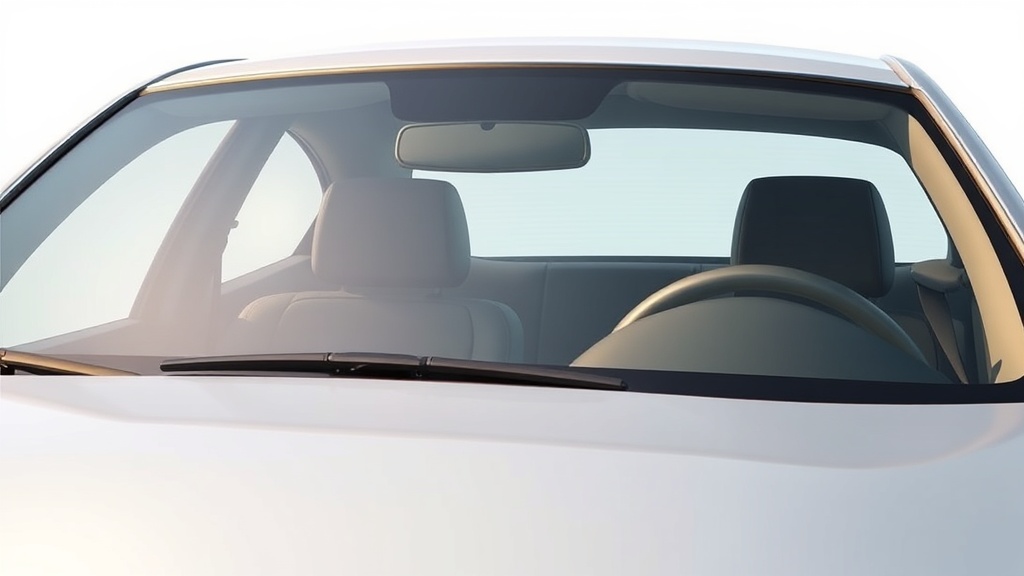Home / Business and Economy / Ride-Hailing Fails to Dethrone Car Ownership, New Data Reveals
Ride-Hailing Fails to Dethrone Car Ownership, New Data Reveals
13 Nov
Summary
- Car ownership remains steady despite Uber, Lyft, and Waymo's rise
- Uber's first profitable year in 2023 after going public
- Cost of new cars averages over $50,000, pricing out younger buyers

In 2025, a decade after Uber's rise, the ride-hailing revolution has not led to the demise of car ownership as once envisioned by the company's former CEO Travis Kalanick. According to a report published in November 2025, car ownership rates have remained largely flat or even slightly increased in major metropolitan areas with a strong presence of Uber, Lyft, and Waymo.
The data shows that nationally, the number of cars per 1,000 Americans has increased from 800 in 2000 to around 850 in 2025. Even in dense urban areas with widespread ride-hailing services, the number of "vehicles available to the members of the household" has seen little to no change since Uber's inception.
This comes despite Uber's first profitable year in 2023, after the company went public and started disclosing its financials. Kalanick's vision of a future where car ownership is a thing of the past has not materialized, as the average cost of a new car in the US has now surpassed $50,000, pricing out many younger buyers.
Experts suggest that the lack of affordable alternatives to car ownership, coupled with the convenience and flexibility it provides, has contributed to the resilience of personal vehicle ownership, even in the face of the ride-hailing revolution.




